THANK YOU FOR SUBSCRIBING

Long-Standing Lean Thinking
Stewart Johnstone, VP Operations & Purchasing APAC, Adient

 Stewart Johnstone, VP Operations & Purchasing APAC, Adient
Stewart Johnstone, VP Operations & Purchasing APAC, Adient1. As The Vice President, Operations & Purchasing, Asia Pacific And China, Can You Elaborate On How You Are Utilizing Lean Manufacturing And Operations Management In The Day-To-Day Production Processes At Adient?
Adient’s lean manufacturing begins with our more capital-intensive component hubs and JIT assembly spoke network design. Our JIT plants add the product complexity as late as possible in the value chain, often building to sequence, minimizing transportation by being close to OEM assembly sites. In Asia Pacific and China, these seating component plants are usually co-located with one JIT plant but serve several of them.
Adient operates a typical plant with approximately 300–600 people. This not only brings us sufficient scale but also allows our plant management teams to have sufficient control over the site with the ability to manage at the detailed level needed. To improve agility and decision-making, we also run a decentralized business model within a country or subregion of China. This model brought resilience during the recent pandemic, as the business could operate independently for periods of time.
At a regional level, we lock in our knowledge and learning in our business operating system for procedures and our core standards for equipment. With our growth in Asia Pacific and China, it is important that we reduce the learning curve for each plant with best practices standards such as QCO (quick changeover) enabled tooling through to error proofing.
2. Can You Also Elaborate On The Significant Challenges You Faced While Incorporating Impactful Lean Manufacturing And Jit Capabilities Into Your Organization?
The recent pandemic posed a significant challenge for the entire automotive industry. Adient’s decentralized operation assets helped our business continuity and agility, and we are now enjoying the ability to meet face-to-face and bring the expertise that a multinational corporation such as Adient has. We see huge value in bringing in these experienced management engineers, technicians, and operators and leveraging their experience to reduce waste and unlock value for our plants.
The last few years have been significantly impacted by supply chain disruption, from pandemic-related challenges to port closures, supplier plant shutdowns, and chip shortages in the whole value chain. At times, more than 50 percent of the vessels we were booked on were late. The semiconductor shortages throughout the chain caused our customers to radically change build plans at short notice. This placed strains not only on our operations but also on our CKD supply. In most cases, it meant significant increases in our stocks, with the associated challenges of multiple handling, larger storage space requirements, and other new necessary non-value-added operations.
We have had to re-engineer and often localize our most exposed supply chains through asset redeployment and selective new investments. We have been moving our supply closer to our customers. This improved stability certainly helps us to continue our lean journey.
3. How Has Your Comprehensive Experience In Operations Management Helped You Drive Revolutionary Outcomes At Adient?
We have been driving a business transformation for Adient’s China business, and our recent transactions in increasing wholly owned business have allowed us to increase plant utilization rate by moving and consolidating production to underutilized plants, which avoids duplicate investments.
"We see huge value in bringing in the experienced management team, engineers, technicians, and operators and leveraging their experience to reduce waste and unlock value for our plants"
One of the benefits of our scale in Asia Pacific and China is not only a flexible manufacturing system but also a competitive SG&A that has available resources and a full range of specialists in seating operations. The team relentlessly focuses on change point management and launch, as well as well-known tools such as 4M, DFM, FMEA, and core FMEAs.
4. Please Elaborate On How You Have Managed To Expedite The Enhancements Of Your Operations Through Emerging Lean Manufacturing Innovations.
With a foundation of efficient standard work and a continued focus on automation use cases, we have seen increased benefit from the Internet of Things (IoT). We are careful to select what we see as continuous improvement on our existing production processes, including flexible AGV systems and the use of small robots (cobots). Our plant teams, especially in low-cycle-time processes, can have access to timely information on the status of equipment and kick off early problem solving.
We have also been able to utilize the benefits of change management software and quality processes, not only stripping out administration work on product launches but also freeing up time for our team to focus on problem solving.
Lean and the reduction of waste have always brought the dual benefits of consuming fewer resources in operations and therefore reducing our impact on the environment.
5. What Are Lean Manufacturing And Operations Management Trends That Your Company Is Witnessing At This Moment?
Digitization of the factory floor continues to evolve for us, and we utilize technologies such as the Internet of Things (IoT) for independent equipment and automation, enabling labor reduction, real-time monitoring, and real-time decision making. One of many examples is predictive maintenance, which uses data analysis to predict equipment failure and reduce downtime. With the shortening of program timelines and the elimination or partial elimination of design validation phases, which could be critical to our ongoing program success. We are also looking at technologies that improve virtual builds or early physical part availability through 3D printing.
6. As An Ending Note, What Is Your Advice For Other Senior Leaders And Cxos Working In The Manufacturing Sector?
The fundamentals of change management and our business capability are our people, so while the focus of this article is on technology, it is critical to continue to invest in people development programs and build a strong and sustainable organization that carries passion for what its teams do and deliver. It is people who run plants, solve problems, launch and industrialize new products, and people who implement new technologies into our business.
While we all need to embrace technological innovations, it is important that we do not chase everything but rather adhere to long-standing lean thinking and see these technologies with a continuous improvement mindset.
Read Also





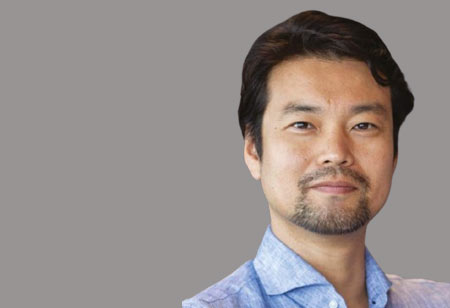

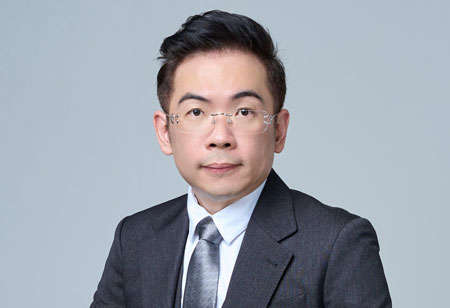
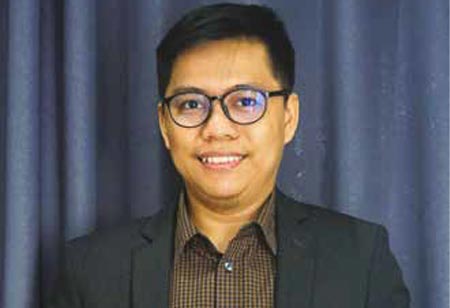
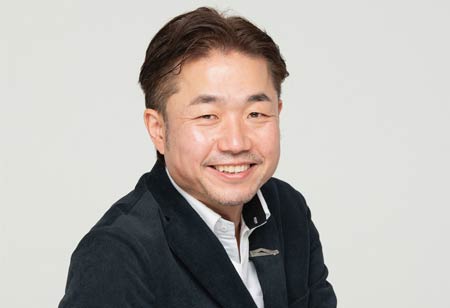



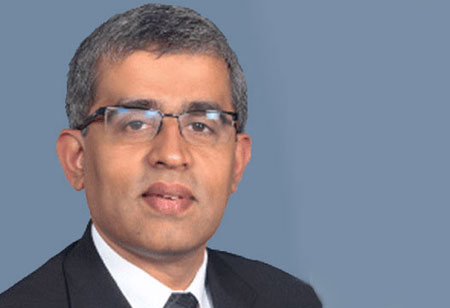







ON THE DECK
Environmental Technology 2020